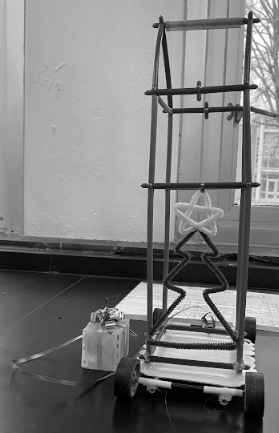Saving athletes one leg at a time
Attention all lady athletes: the fear of rupturing an ACL on the field may be diminished if you take one pill: birth control.
According to webmd.com, women who take the birth control pill have greater knee stability, than women who don’t.
According to webmd.com, female hormones affect the ligaments composition. The ACL contains hormone receptors called estrogen; which, lead to the theory that the increased amount of women with ACL tears are related to the fluctuation of hormones during a menstrual cycle. With the birth control pill, researchers are theorizing that the pill will stabilize the fluctuations in hormones during the menstrual cycle.
But the problem researchers have discovered is determining at what time ACL injuries are more likely to happen based on a women’s menstrual cycle.
“I think this is an interesting way to help young girls save themselves from injuring their ACLs during games and practices,” said Erin Keavney, RN student.
“Who knew that birth control could help you in sports, and help you save your knees from being injured,” said Taylor McLaughlin, athlete. “I hope that they perfect this study, because I think it could really help a lot of our athletes here at school.”
According to Edward Wojtys, MD and Medical Director of the University of Michigan’s MedSports Program, debater for the theory, found that during peaks of estrogen (days 10 to 14 after the start of a menstrual cycle) are three times more likely to suffer from an injury to their ACL than during other times in the cycle.
Now there are other professionals who disagree with this time frame.
According to momentummedia.com, James Slauterbeck’s, MD, Vice Chairman of Orthopedics at Texas Tech Medical Center and a team physician for Texas Tech, studies reveals that 26 of 37 athletes damaged their ACLs during the first half of the menstrual cycle.
“Hopefully this can help young lady athletes, and prevent them from further injuries to their knees,” said Katie Durham, RN. “It’s kind of amazing how far knowledge in the medical field has gone, and how much has been discovered.”












